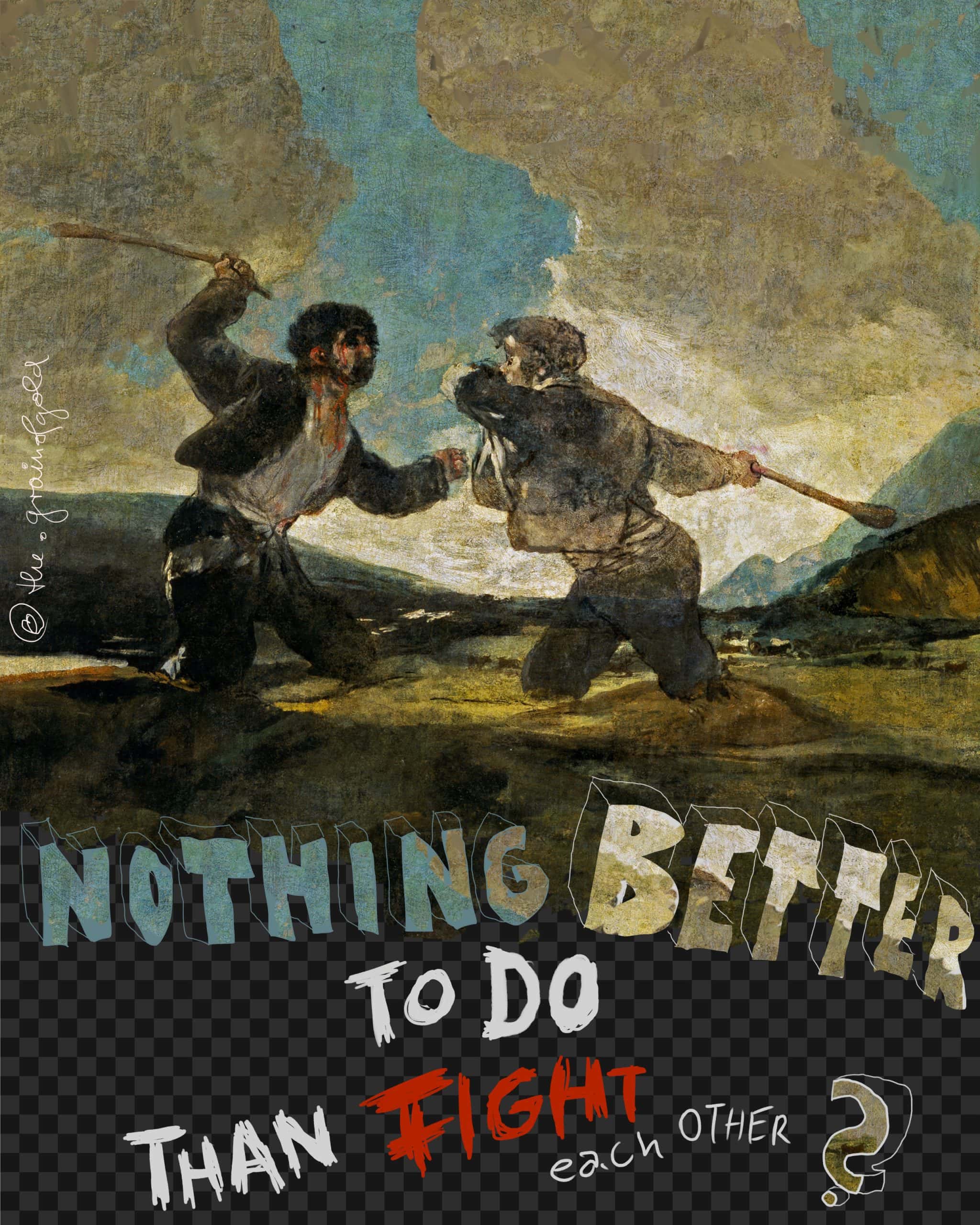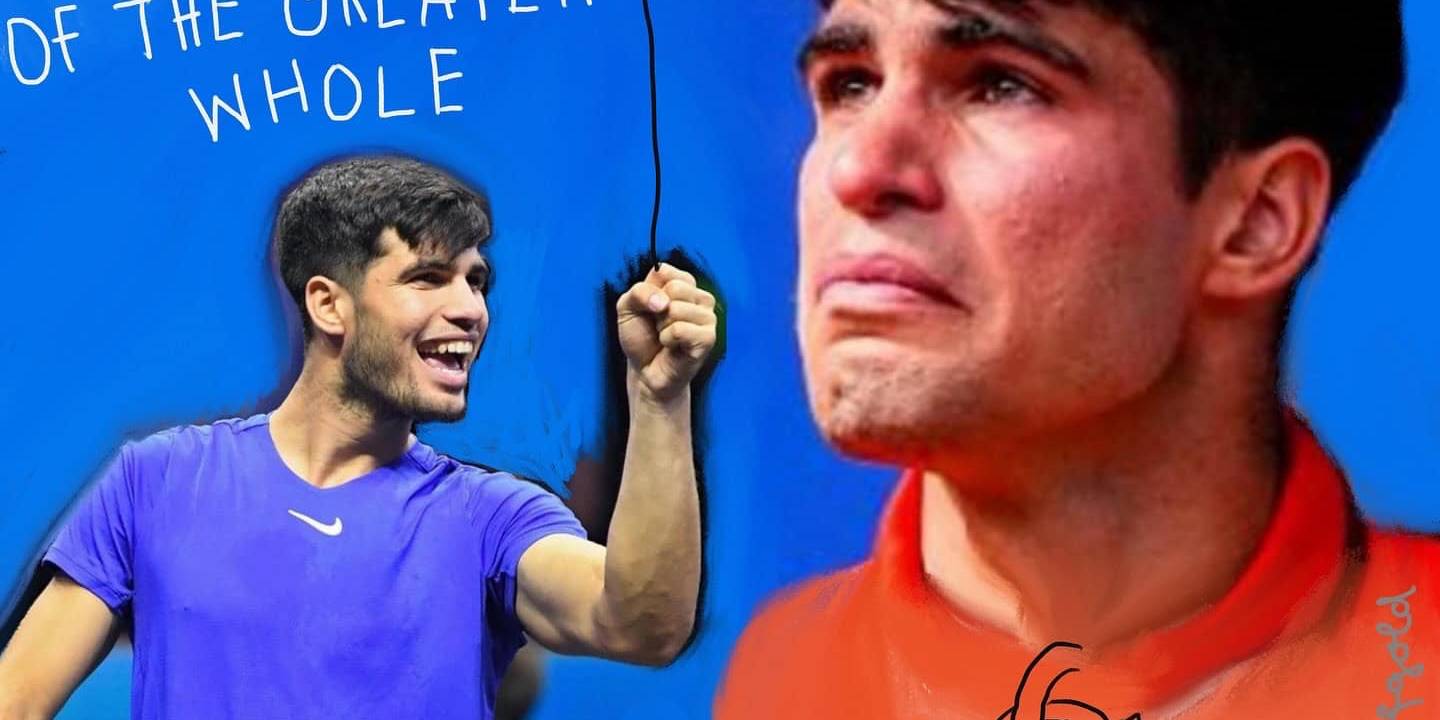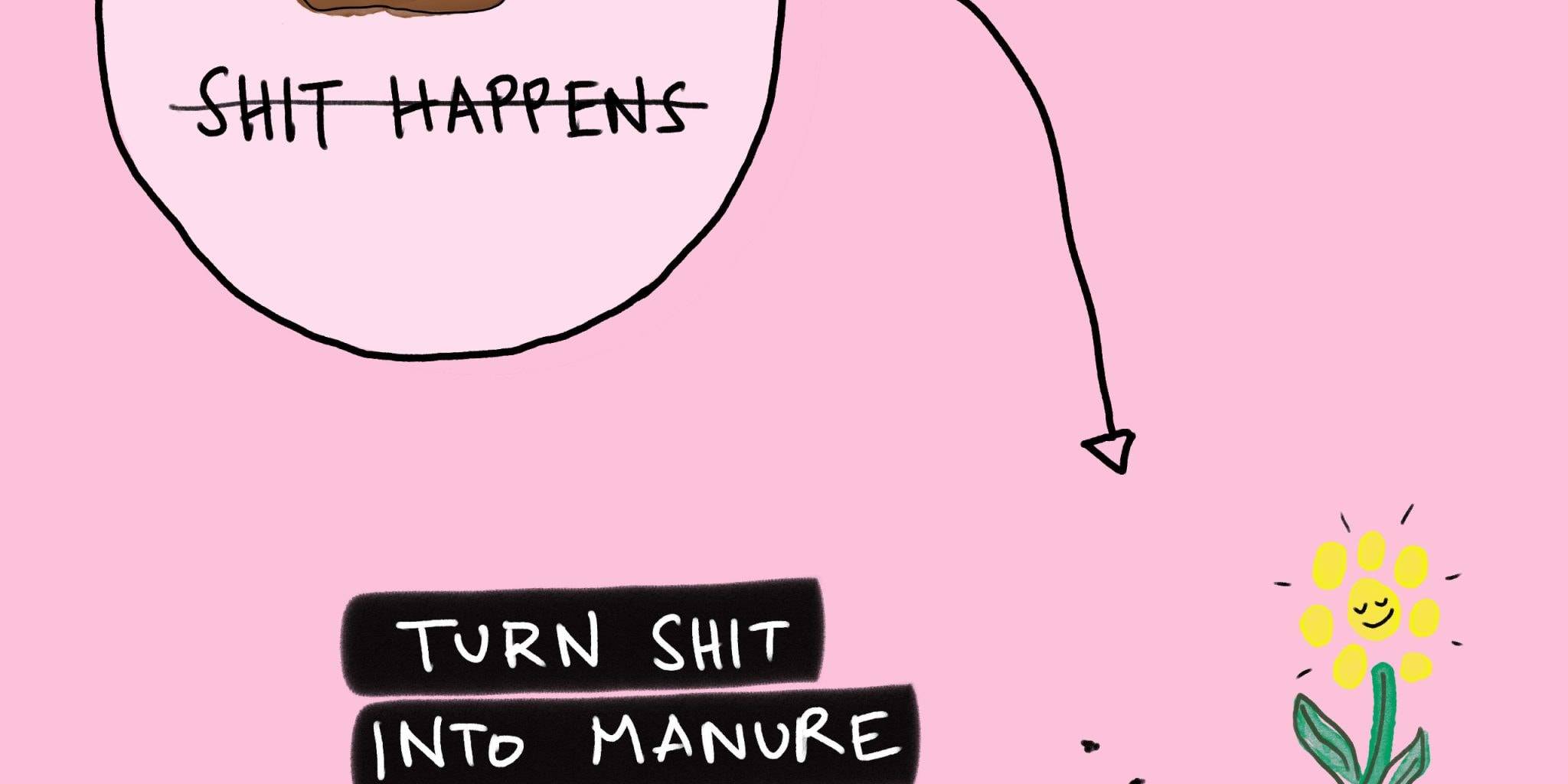The driving force behind human conflict
You could ask anyone if they desire peace and harmony, and without hesitation, everyone would say ‘yes.’ Conversely, if you asked if they wanted conflict and war, everyone would say ‘no.’
So why have we been unable to eliminate something that no one wants and create something that everyone desires?
What do you think needs to happen to address the root causes of both individual and collective conflicts?
We identified two main factors that drive humanity’s tendency towards conflict – first, the grasping for false identifications instead of the recognition of our true nature, that we are part of a shared consciousness.
And second the lack of emotional and intellectual maturity – the ability to self regulate our drives and emotions and balance intellect with empathy and intuition.
We believe that awareness is the foundation for a better world
Recognizing our shared consciousness can help transcend individual identifications that we would otherwise be protective about. This perspective encourages us to see beyond the superficial differences that often divide us, such as gender, race, nationality, social status and so forth, empowering a sense of unity and compassion.
The second factor, involving the integration of our drives and emotions, aligns with the concept of emotional intelligence. It suggests that maturity comes from understanding and managing our emotions, rather than suppressing them, which can lead to healthier interpersonal relationships and inner peace.
Both factors point towards a holistic approach to personal and collective well-being, emphasizing the importance of self-awareness and emotional regulation that automatically lead to creating a more harmonious society.
We believe that awareness is the foundation for a better world and that the journey towards peace begins within each individual, through self-reflection and growth.
You may also like
Realizing You’re Part of the Greater Whole
Carlos Alcaraz couldn’t bring home Olympic gold for Spain.…
Turning shit into manure
Shit happens. And whenever life goes off the rails,…
Peeling back the layers to finally find ourselves
In our quest to have others accept us for who we truly are,…





